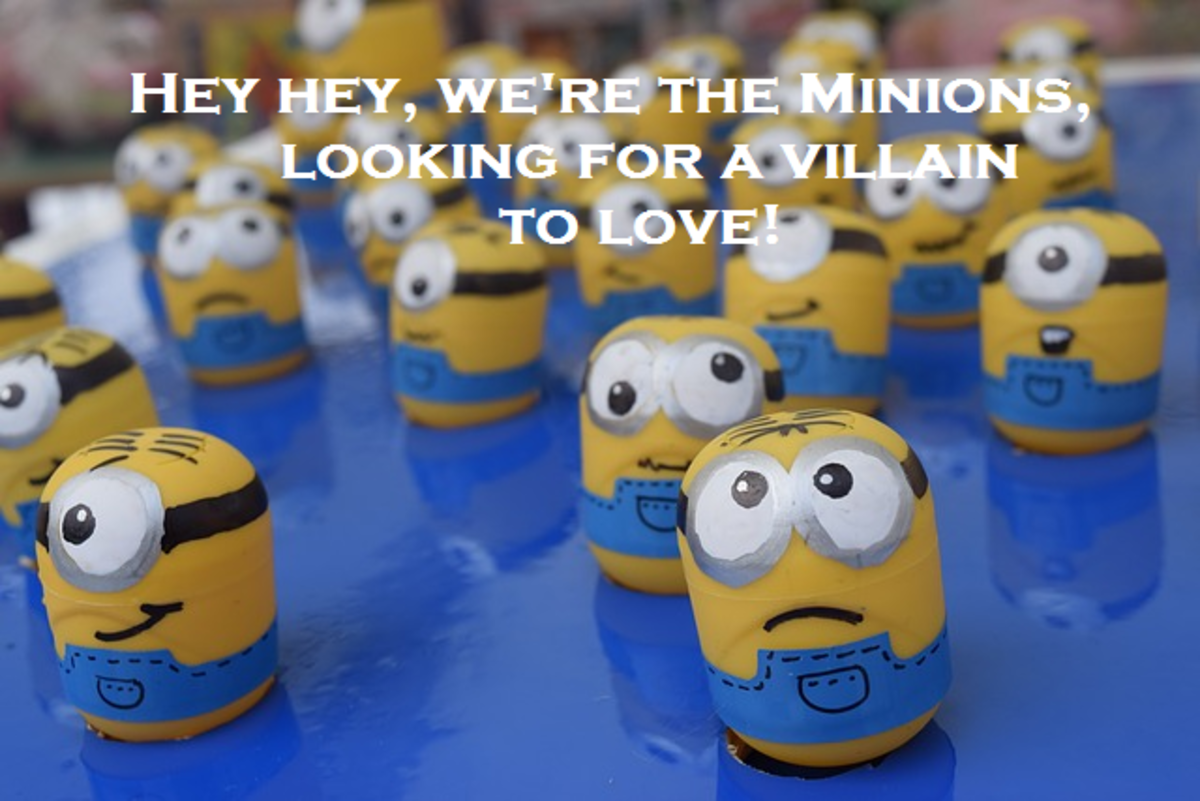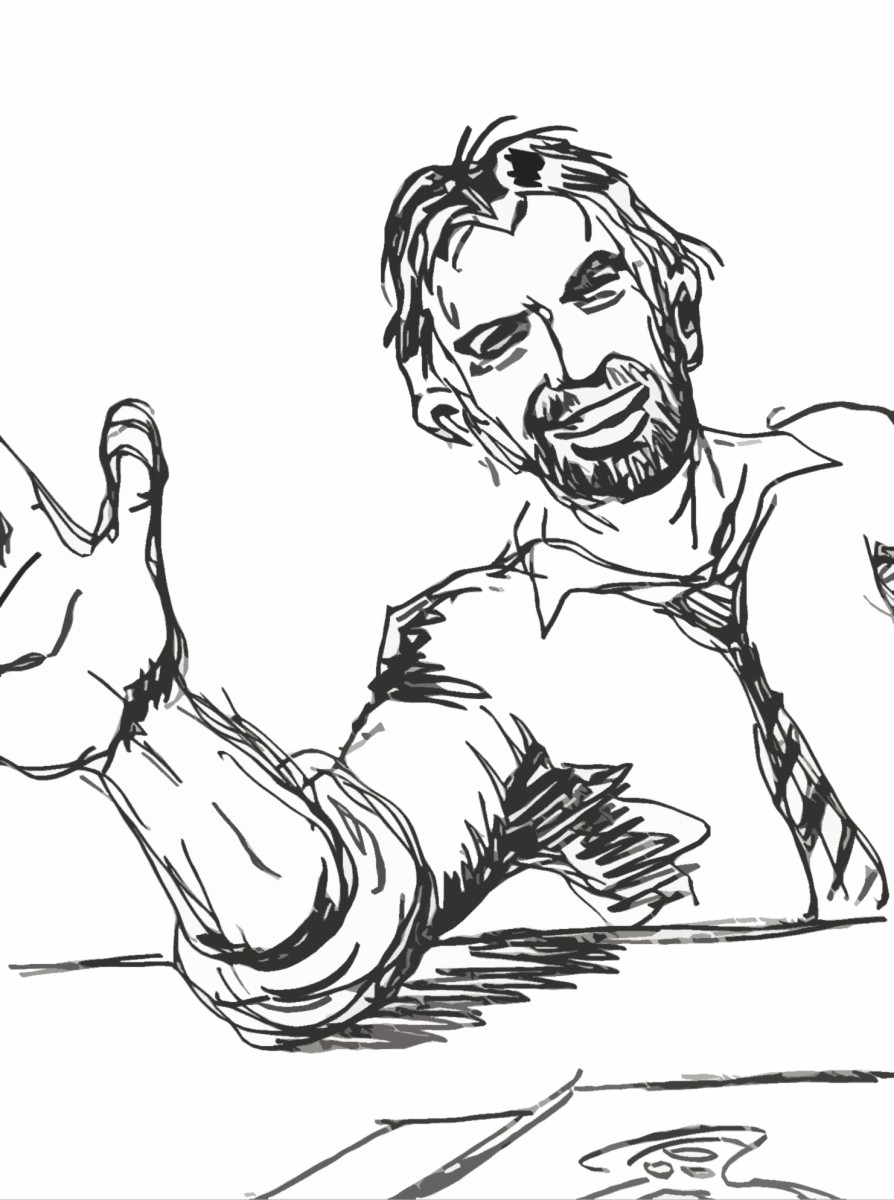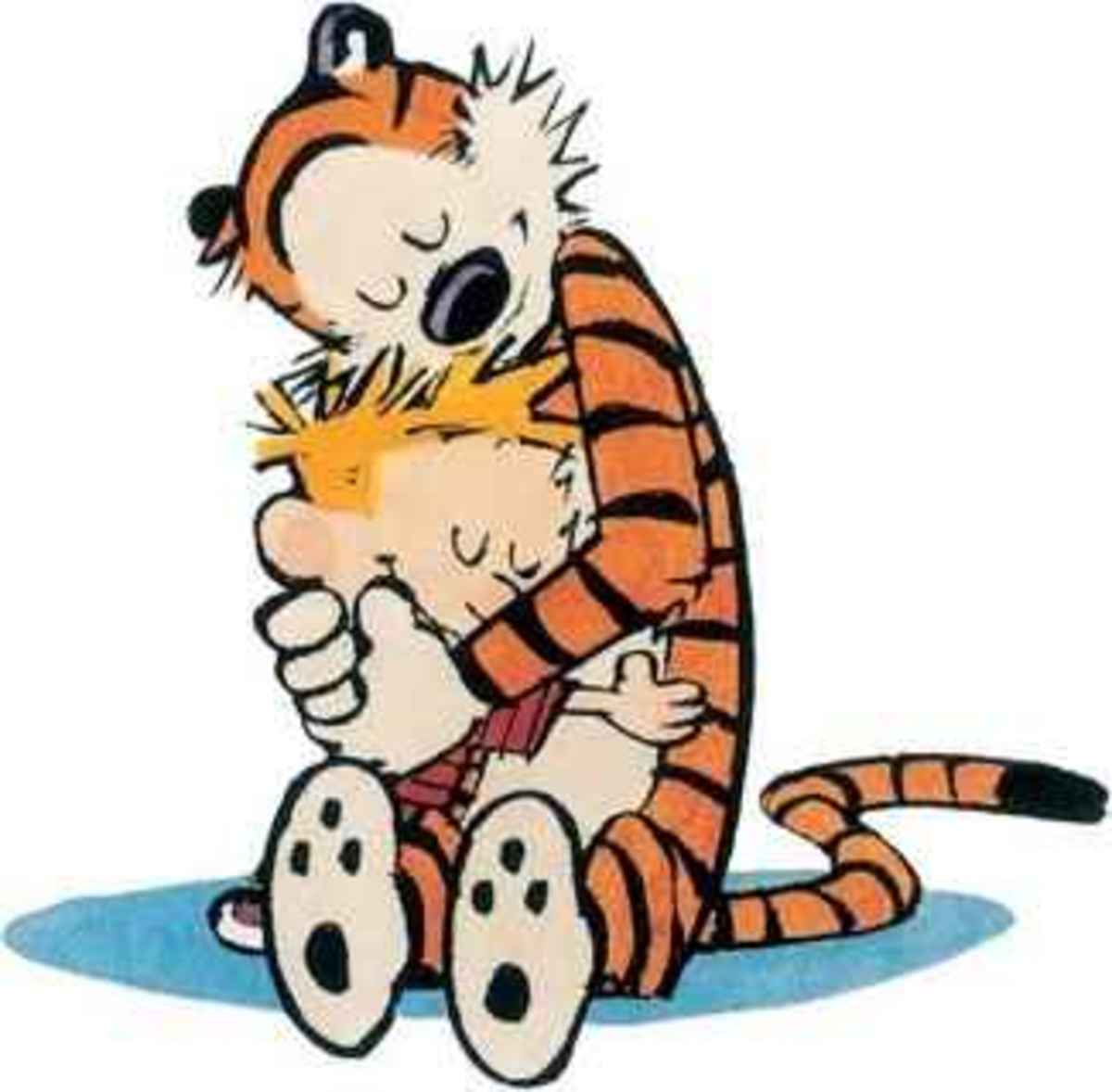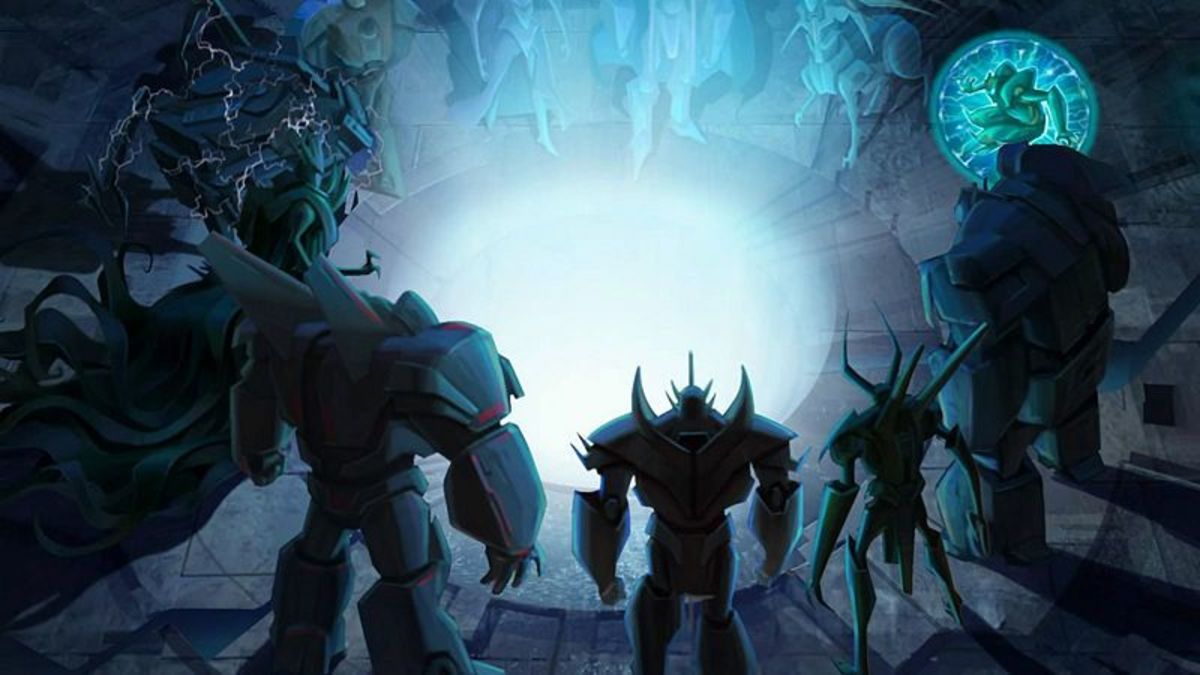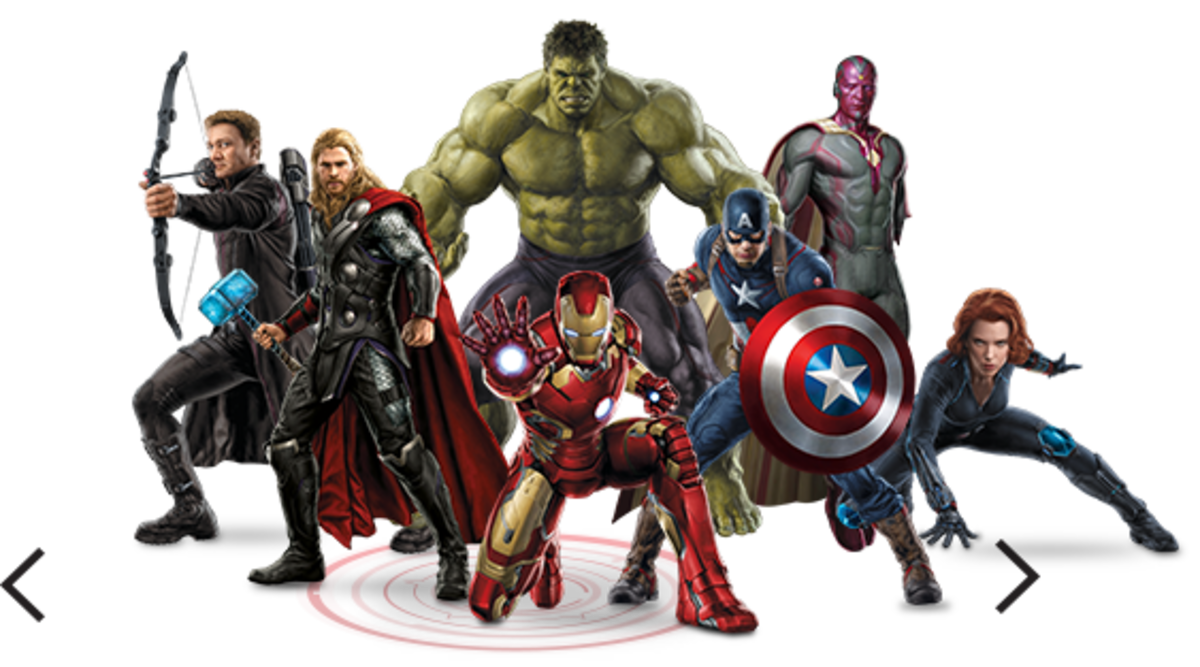World of Cartoons and Animation and The Future of Careers in Cartooning
The Very First Cartoon Was a Mistake
What type of cartoonist do you want to be? You can choose from a variety of political cartoonist, comic strip cartoonist, comic book artist, animated cartoonist, and caricaturist.
What is a cartoon? A cartoon is illustrated drawings with various meanings. In the Middle Ages and at during the Renaissance, cartoons were considered fine art. Today, cartoons usually are humorous depictions and animated shows and movies. In 1843, the English publication, Punch Magazine used the term to describe satirical drawings. The very first cartoon actually happened by mistake.
John Leech first Political Cartoon
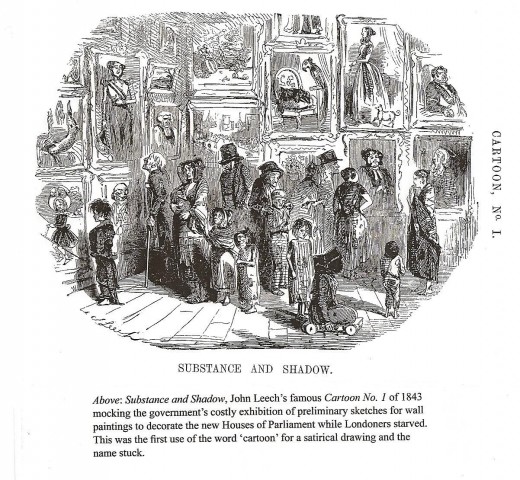
The Ever Changing Types of Cartoons
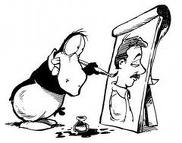
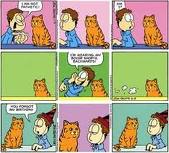
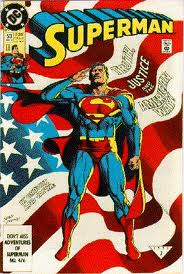

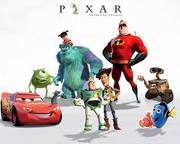
Artists were asked to create drawings to help select paintings and works of art for Houses of Parliament which were being rebuilt after a fire. A series of sketches sarcastically spoke of the excessive government spending while there were hungry and poor Londoners. The cartoons, mostly done by John Leech became known as the first political satire. Today we see many such cartoons in newspapers and magazines discussing current events and politcal-socio topics.
Cartooning Takes Many Forms of Entertainment
Comic strips are another form of cartoons. These feature drawings and a short message in a sequence of pictures.
Comic books feature humor, adventure and illustrated drawings in multiple pages to tell a story.
Animated movies and tv shows are also known as cartoons.
Today Pixar Animations and computerized drawings have changed the look of cartoons.
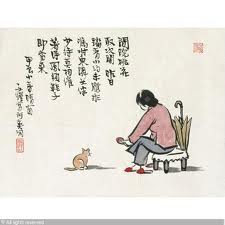
Cartoons in Other Countries
Fen Zikai is known to be China’s cartoon master. He was the first to label his drawings cartoons in 1925. During the 1930’s thru the mid 1960’s, cartoons in China started to flourish. Over the decades the cartoons in China declined. A resurgence came again in the 1980’s.
Japanese cartoons depict good looking characters with love stories, and other entertaining tales. They entered the Chinese market in the 1990’s. U.S. comic book concentrate on heroic themes with superheroes. Today 95% of the Chinese cartoon market is occupied by Japanese and U.S. comics.
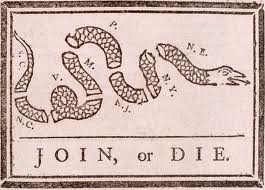
Ben Franklin and the First Political Cartoon
College Education and the Cartoonist
Political cartoonist create drawings for magazines, comic strips, websites, advertisements, sports, newspapers, books and other publications to make statements about the realistic events currently going on in society.
Some cartoonists work as a team to create a concept. Some on the team do the drawings and some create the captions or storylines.
To be a cartoonist it is preferred to have a bachelors degree in design or art. There are no degrees specializing in editorial cartooning. Cartoonists usually have knowledge in computer skills related to art. A portfolio of the work a cartoonist creates consists of their own drawings, computer created, and photographic examples of their artwork.
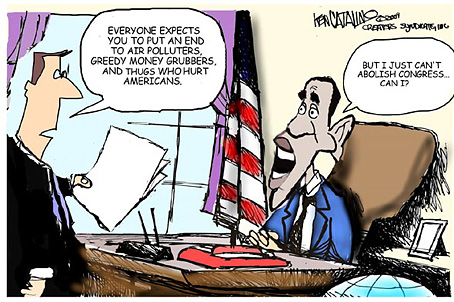
Political and Editorial Cartoons
The demand for cartoonists is expected to increase into 2016, mostly in the animated and interactive computer generated images.
The average income earned by cartoonists, as of October 2009, ranged from about $44,000 to about $60,000, with some earning more and some earning less.
Cartoonists need to have a natural ability for drawing and to think abstractly. They also need to be detail oriented, and good communication skills, a critical eye, in addition to having a good sense of humor. To be an editorial cartoonist it is a good idea to study politics, writing, humor and history, and of course art.
The reality is there are less than a hundred full time jobs as a political cartoonist, at the largest news publications in the U.S.
Most political cartoonists use caricature art to exaggerate the features of the people as parodies. Leonardo Da Vinci was one of the first to use caricatures as an art form.
Martin Luther and the Protestant Reformation used cartoons as a form of propaganda to visually create religious reform in Germany.
Cartoonist Organizations
The best way to get started is to draw often and a lot. Try to get your artistry published anywhere and everywhere. Being published anywhere, no matter how small the publication is still signifcant. Keep your portfolio current. Most of the smaller local newspapers use syndicated subscription editorial cartoons.
Once you become a paid working cartoonist you can join the (AAEC) Association of American Editorial Cartoonists. This organization also accepts students and associate memberships. You can go to editorialcartoonists.com to learn more about the AAEC association. There is an annual convention every June. Going to this convention may be very beneficial for getting valuable tips. The National Cartoonists Society (NSC) also is a great site for more information.
.
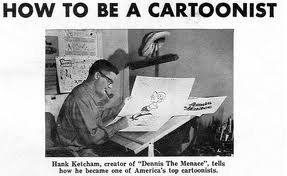
The Graphics Artist Guild - gag.org is a grahics designer member group made up of cartoonists, illustrators, web designers, and digital artists . Some are paid employees and some are freelance artists. This organization looks to improve and uphold the standards, and advocate for their members.
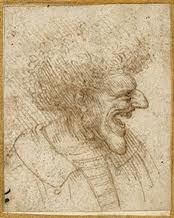
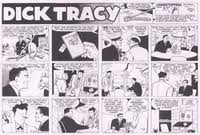
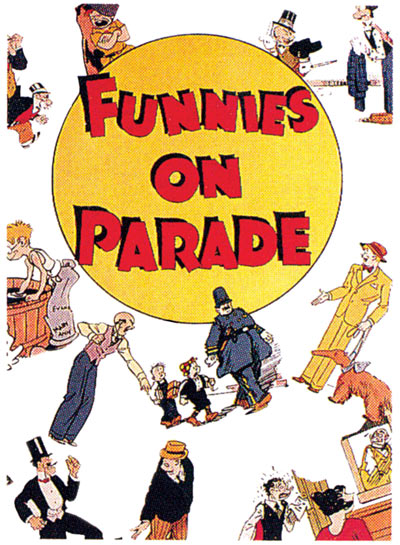
The Early History of Cartoons
The first artistic renderings were cave drawings. As time progressed, Egyptian hieroglyphics depicted Pharoahs and pyramids.
Marble carvings were found from ancient Greek and Roman era. Even Michaelangelo drew stories in a series of paintings, the Sistine Chapel is a well known example of his work.
Leonardo Da Vinci made many caricatures of people with unusual hair.
A comic strip is a set of cartoons with a story line. Comic strips first made their appearance in the U.S. around the end of the 1800’s.
Comic books evolved from comic strips. Comic strips used to appear only in Sunday newpapers. During the 1900’s there were over 150 comic strips in newspapers across the U.S. Most were numerous. During the depression years, comic strips became a way to escape the woes of the world.
Comic strip and comic book cartoonists develop a plot and use the same characters to tell their story.
The first comic book was created in 1933. It was called Funnies on Parade and was actually conceived to keep idle presses running during slow times. Superman comics were soon created (May 1938) and the comic book superheroes became iconic.
When Walt Disney emerged on the scene, his creative animated depictions and classic stories, animation grew to gain more popularity.
A picture is worth a thousand words and this may explain the success and longevity of the various forms of cartooning.
Animated cartoons have a long history, dating back to 1888, when a French science teacher used an optical device called a praxinoscope to project hundreds of individual drawings as though they were moving. Today, when most of think of animated cartoons, Disney is the king. Today animated cartoonists can get jobs doing animated movies for the big screen, for television, for the Internet and for video games.
Professional Cartoonists and Animators
A professional cartoonist needs drawing skills and have knowledge about screenwriting and directing films. Their greatest skill comes from telling a story with the fewest amount of words, using the pictures to help illustrate their point. Most develop a distinctive style that uniquely becomes their own.
Animators need to know how to coordinate their creations with soundtracks and special effects. Cartoonists in this field utilize the computer for their animations. Freelance cartoonists are sometimes able to find work in this field by selling their work. If you want to be an animator, you will need to take college courses in video, film, animation, and computer graphics.
Cartoonists and animators can get their work out there by working with syndicates and agencies who can help them make connections and find jobs. Trade industry publications give ideas on finding publications that are looking for a specific cartooning style. College placement services are a good source to try to find work.
The Career of Cartoonists
Although cartoonists are in a highly competitive field, the job prospects are increasing and looking optimistic. Two thirds of cartoonists are freelance artists. Advertising and websites offer the most opportunity for employment.
The job outlook for cartoonists is good. Employment is expected to grow as fast as the average through the year 2014, although competition will remain keen. Two-thirds of cartoonists are freelancers, and finding jobs will be difficult until they acquire experience and establish a solid reputation. The best possibilities are expected to be in the field of advertising. Online political Web sites and publications provide another outlet for cartoonists. The demand for animators is growing. Some animation for the U.S. is outsourced and done overseas.
Cartoonists work under pressure to constantly be creative, imaginative, and innovative to come up with new ideas within a deadline. Animators usually meet with other staff members to brainstorm.
A freelance cartoonist might sell their drawings for anywhere from $50 to more than $1,500.
Many of us grew up on television cartoons. Warner Brothers from 1933 through 1969 produced the classic cartoons including Bugs Bunny, Daffy Duck, Sylvester and Tweety and the myriad of other well known characters we got to know through their animated antics. Today, if you want to work for Warner Bros. you would be doing your creative work for their Saturday morning children’s shows.

